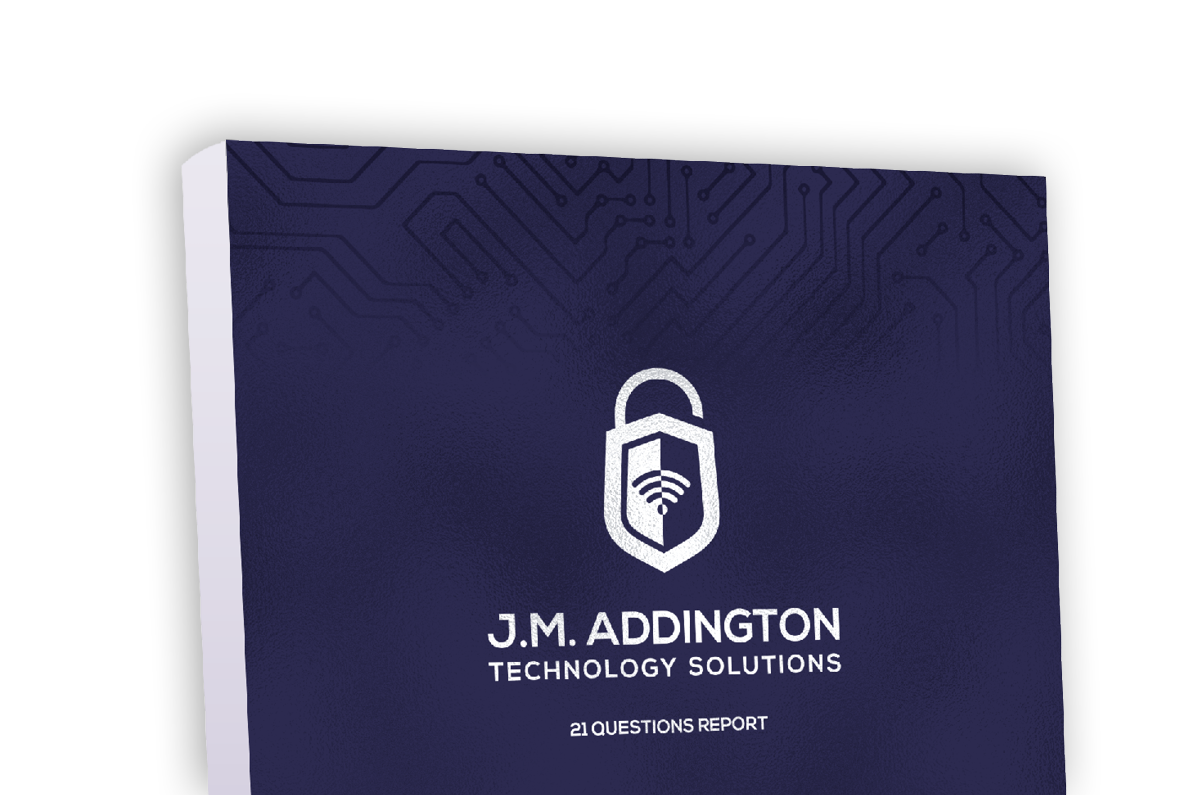Keeping sensitive data and critical tech safe from cyberattacks is crucial for businesses like yours. Your survival and growth depend on how well your organization can withstand cyberthreats. That’s where cyber risk management comes into play.
Businesses with solid cyber risk management strategies can build formidable cyber defenses and reduce risks without compromising business growth. Besides enhancing security, it also ensures your business stays compliant.
In this blog, we’ll share the core principles of cyber risk management and show you how integrating it with a simple but effective security framework can help you achieve strategic success.
Key characteristics of risk-based cybersecurity
Risk-based cybersecurity helps organizations focus their efforts and resources on the most critical risks. This approach aims to reduce vulnerabilities, safeguard what matters most to you and ensure you make informed decisions.
Here are the key characteristics of risk-based cybersecurity:
Risk reduction: By proactively identifying and neutralizing threats, you can reduce and minimize the potential impact of a cyber incident.
Prioritized investment: By identifying and assessing risks, you can concentrate your investment efforts on areas that need your attention most.
Addressing critical risks: Dealing with the most severe vulnerabilities first can help you strengthen your business security.
Cyber risk management frameworks
Cybersecurity risk frameworks act as a guide that helps businesses achieve the full potential of a risk-based approach. Here are several ways frameworks can help you enhance your current cybersecurity posture:
- Frameworks take away the guesswork and give businesses a structured way to assess their current cybersecurity posture.
- Frameworks help organizations systematically focus their investments on addressing the most critical and relevant risks.
- Frameworks provide organizations with the right guidance that helps build security, which is crucial for building customer trust.
- Frameworks are built using controls that have been tried and tested. They essentially help businesses implement effective security controls.
- Frameworks are designed to help organizations achieve compliance with government and industry regulations.
NIST cybersecurity framework
The National Institute of Standards and Technology Cybersecurity Framework (NIST CSF) is a popular, user-friendly framework that empowers business leaders like you to boost organizational cybersecurity. Think of it as a valuable tool created by top security experts to help you protect and secure your digital assets.
Here’s how the NIST CSF supports a risk-based approach:
- It helps you understand your risk by identifying what is most valuable to you.
- It gives you a high view of people, processes, technology, information and other business-critical aspects that need to be secured from threats so your business can operate successfully.
- It helps you prioritize your risks based on their impact on your business.
- It helps you allocate your resources where they matter most and ensures you maximize your investment.
- It promotes continuous monitoring and helps you adapt to evolving threats.
Secure your future
Safeguarding your business from cyberthreats is critical for the survival and growth of your business. Don’t leave your business security to chance. Consider partnering with an experienced IT service provider like us. Contact us now at 865-409-1500!
Download our infographic, “Assess Your Cyber-Risks in 7 Critical Steps,” and strengthen your defenses against lurking cyber dangers.

Download our Report!
Get your copy of What Every Business Owner Must Know About Hiring an Honest, Competent, Responsive, and Fairly-Priced Computer Consultant.
